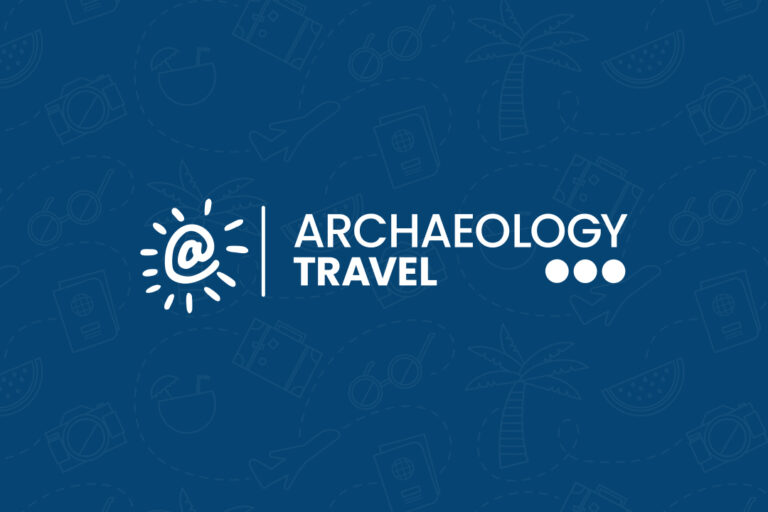Nunavut
Art, History & Archaeology Sites & Museums
Archaeology & History Sites in Nunavut
Arvia'juaq and Qikiqtaarjuk
Both located close to the hamlet of Arviat, Arvia’juaq and Qikiqtaarjuk are areas bearing great importance for the cultural heritage of local indigenous communities. Arvia’juaq was a longstanding summer habitation site of the Paallirmiut Inuit people and contains a number of specific locations associated with traditional religious beliefs and ritual activity. Qikiqtaarjuk contains archaeological evidence of habitation, including tent rings, kayak stands, and graves, while part of it is associated with the local legend of Kiviuq. Since 1995 the sites have been classified as National Historic Sites of Canada.

Blacklead Island Whaling Station
An islet off Nunavut’s Baffin Island, Blacklead Island has been used as a base for whaling over many centuries. Once used only by Inuit whalers, the island later saw European involvement in the industry with the formation of a whaling station during the middle of the 19th century. As well as drawing in greater numbers of Inuit hunters, the station was visited by British and American whaling ships and in 1895 an Anglican mission was established here. In 1985, the government designated it a National Historic Site of Canada.

Bloody Falls
Located several miles outside Kugluktuk, Bloody Falls Territorial Park marks the probable location of the Bloody Falls massacre of 1711. In this incident, Chipewyan guides who were taking the English explorer Samuel Hearne through the area came upon a camp of Copper Inuit and proceeded to massacre them. The area has much archaeological evidence for longstanding human habitation, being used in prehistoric periods as a base from which people could embark on hunting and fishing expeditions. Since 1978 it has been designated a National Historic Site of Canada.

Museums & Art Galleries in Nunavut
Inuit Heritage Centre
The Inuit Heritage Centre in Baker Lake showcases the culture and heritage of nine Inuit groups who now have a presence in this hamlet on the shores of the eponymous lake. The centre’s collection includes a range of artefacts created using traditional methods, which should be of interest to anyone fascinated by the folkways and lifestyles of Arctic peoples. Further objects displayed are on loan from other institutions around Canada. The centre also includes a room used in various cultural activities, including the recording of oral histories.

Kugluktuk Visitor Heritage Centre
The Kugluktuk Visitor Heritage Centre can be found in a hamlet at the mouth of the Coppermine River which also has the distinction of being the most westernmost settlement in Nunavut. The centre takes the shape of a copper ulu, a form of knife traditionally used by Inuit communities in this part of Canada: the area of the blade houses a museum, while the rooms forming the handle contain an art gallery and two conference rooms. The centre shop allows visitors the chance to buy artworks produced by local indigenous craftsfolk.

Nunatta Sunakkutaangit Museum
The Nunatta Sunakkutaangit Museum in Iqaluit, the provincial capital of Nunavut, occupies a former Hudson’s Bay Company storage building. The small museum focuses attention on the culture and heritage of the city and of the province more broadly, incorporating traditional clothing, tools, and canoes. Also included in its collection is a wide selection of artworks produced by Inuit communities, with the museum gift shop providing visitors with an opportunity to obtain the work of local artists. Various temporary exhibitions supplement the permanent collection.


